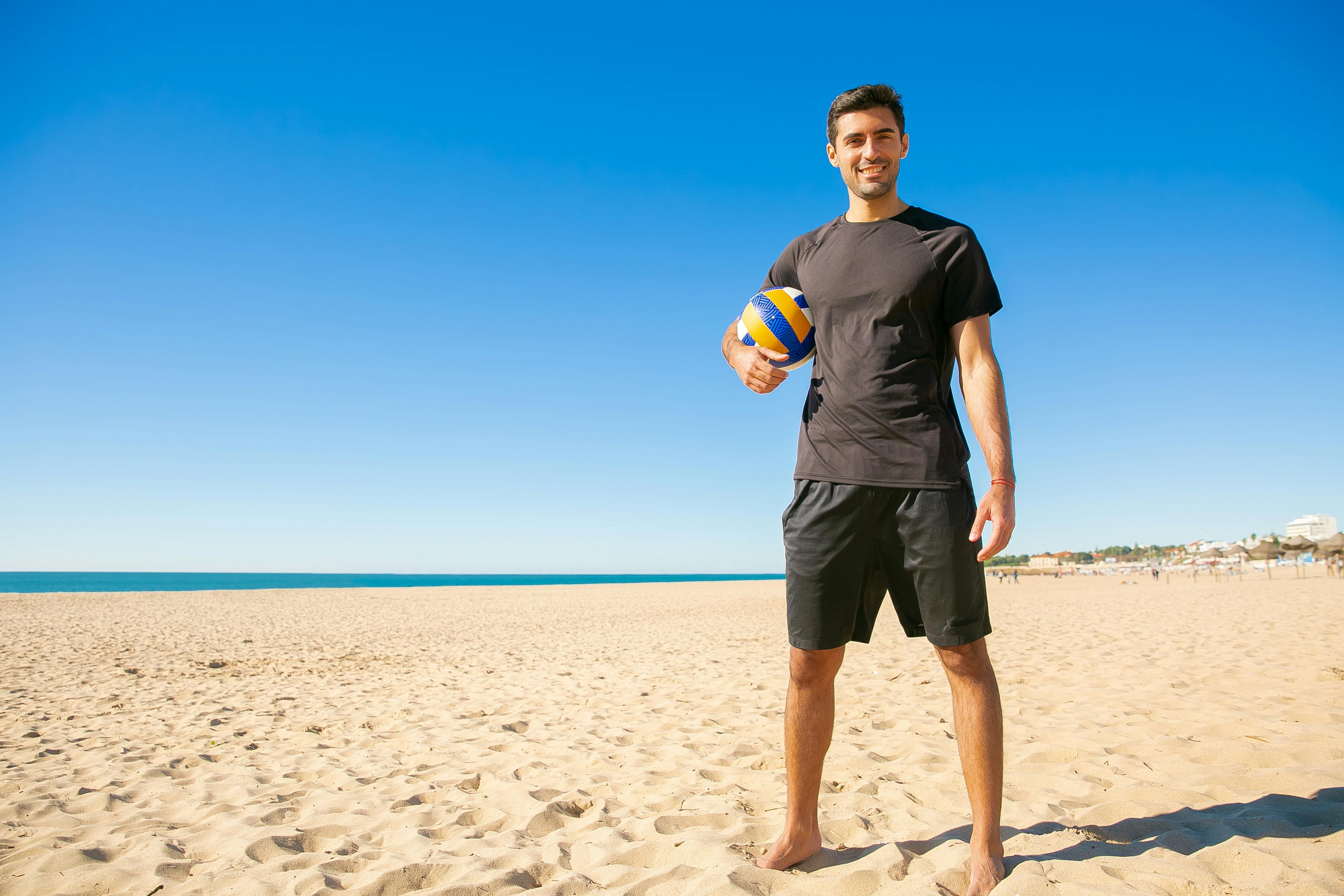What is the current state of your meditation practice? Is it in the idea stage, waiting to be implemented at the right time? Maybe you know it’s something that would be good for you, but haven’t clicked on making it a daily routine yet?
Or maybe you’ve done it on occasion, but were frustrated by the results or lost interest? Or maybe you love to meditate and would like some ideas on how to go even deeper or make it even more effective?
In this article, we explore 4 steps to setting up a successful meditation session.
1. Establish a meditation space
Whether it’s a spare room, a closet or a part of your bedroom, define a space that you dedicate to meditation. You can mark this space with a rug, a meditation bench, a chair or a cushion.
By meditating in the same space constantly, it comes to represent “meditation” for you and thus becomes a space that helps you enter a meditative state. After a period of time, simply sitting in this space will relax you.
Another way to enhance the atmosphere of your meditation space is to set up an “altar” that represents what is important to you in your practice and in your life.
If the idea of having an altar inspires you, it can take any form that you find pleasing and inspiring. You can include photos, symbols, candles, flowers, offering bowls, statues, quotes, etc. The basic idea is to put meaningful items in there, that put you in the right mindset to meditate and remind you WHY you are taking the time to practice.
If you use meditation to support a religious faith, place images or items that represent your faith on your altar. I personally have symbols from several different spiritual traditions in my space to represent the Universal Spirituality that underlies all religions and traditions. I also have family photos and quotes that remind me of my highest intentions. The most important quality of your altar is that it represents what is important to you.
Once you have meditated in your sacred space for a while and used it to develop your inner abilities, you can take your meditation on the road and do it virtually anytime, anywhere, no matter what is going on around you. This is when your meditation becomes truly powerful. However, even then, you will probably appreciate and value those moments when you can meditate in your sacred space.
2. Create a ritual around your practice
Set a regular time for meditation and create a consistent routine that carries you through your practice.
One way to support regular practice is to make meditation part of an established routine that you already do. For most people, the best way is to integrate meditation into your morning routine. This encourages you to start your day from a relaxed, present, and intentional perspective, and ensures that you meditate before other events of the day get in the way.
Once you have decided on the time you will meditate, plan your day accordingly. If you are going to meditate first thing in the morning, make sure you go to bed early enough so that you can comfortably wake up early enough to practice without rushing. Set your alarm to wake you up with time to spare.
Once you wake up, have a routine that gets you to your practice. For example, I first massage around my eyes and the back of my head while lying in bed. Then I massage the soles of my feet with tennis balls that are at the foot of my bed when I sit down. I use the toilet, then I splash water on my face and massage my scalp. Then I do a few stretches to warm up before standing up in my standing meditation pose. All of this wakes me up and loosens me up and prepares me for a good practice session.
After the standing meditation, I do a sitting meditation, then shake my whole body and end with prayers for my family and the entire planet at my altar.
Having a routine that includes how I wake up makes movement in my practice fluid and reliable. Over the years, I have adapted and increased my routine as needs, insights, and new learning have guided me. However, the basic idea of having a ritual sequence has made waking up something I look forward to and moving into my practice easily and naturally.
3. Adjust your posture
If you look for photos of people meditating, nine times out of ten you will find them sitting cross-legged. Unfortunately, this gives many people the impression that this is THE WAY to meditate. I totally disagree.
In fact, unless you’ve grown up in a culture where that’s the way you normally sit, I encourage you to sit on a chair, bench, or bed that has the soles of your feet flat on the floor and parallel to each other. each. another, with the hips at or slightly above the knees.
Having the soles of your feet flat on the floor and parallel to each other puts you in a “grounded” position that also biomechanically aligns your feet, knees, and hips. This position is easy on the joints.
There are many acceptable hand positions for meditation, each with its own purpose. A basic starting position is to place your hands palms down on your legs. This position is relaxing, while also supporting upright posture and alert attention. The finer points are to “soften” your hands and lower your shoulders to release tension and have a slight gap under your armpits to encourage a feeling of openness, spaciousness, and spaciousness in the body.
Next, imagine a rope tied to the top of your head, pulling your spine into an upright position. Tuck your chin in slightly to elongate the back of your neck, and draw a subtle smile to your lips to encourage a calm, positive, and accepting attitude.
Slightly close your eyes to help you focus internally. Unless she is using a technique that focuses on energy above her head, she directs her gaze slightly downward. After practicing for a while, you may notice that his eyes naturally open just a little, with a soft focus on the outside environment.
Finally, sit forward on the front edge of your seat. Sit far enough forward that you feel some weight on your feet, which encourages a sense of being grounded and present in your body. Sitting without back support also aligns and strengthens the spine, which has a strengthening effect.
As you align and strengthen your spine, you are more likely to stay aligned with your highest intentions and feel strong in following them, rather than get distracted and carried away by less important desires. You develop a strong “backbone”.
Now, many people send me emails saying that this position is too difficult and painful to maintain.
The reason for this is tension along the spine, weakness, and misalignment. The practice of meditation is actually a powerful way to overcome these problems. First it reveals those problems, then it heals them.
During your meditation, you become aware of the tightness, weakness, and misalignment of your spine. And, yeah, that doesn’t feel so good, at first. However, if she can accept it and observe it without judging it, without fighting it, over time she will notice that the tensions are released, the spine adjusts, aligns and becomes stronger.
A well-known meditation teacher, Dr. Meares, says that some discomfort when starting to meditate is actually a good thing, because it teaches you to be able to observe discomfort without reacting, judging, or running away from it. As you calmly sit with the discomfort, over time, it resolves and changes for the better. This is a powerful lesson to take with you into any uncomfortable situation in life. Be quietly present, relax, and look at things non-judgmentally, then look at resolutions as they come.
Having said all of that in favor of sitting upright without a back, you can tackle this incrementally. Start by sitting forward for just a minute or two, calmly note any discomfort until it’s too bothersome, then sit against a prop for the rest of your practice. Gradually increase the amount of time you spend sitting in an upright position without support. After practicing for a period of time, this will become a comfortable, relaxed and empowered way to sit.
One caveat is that some people cannot sit this way due to serious physical handicaps. If that’s the case, you can wear a back brace or even lie down to meditate. If you do that, just try to keep your spine as straight as possible by imagining the rope stretching up your spine, tuck in your chin slightly, put on a subtle smile, soften your hands, and close your eyes slightly.
4. Adopt the three noble principles: good in the beginning, good in the middle, good in the end
In their book, “Meditation: A Detailed Guide,” Ian Gawler and Paul Bedson share these three principles for practicing meditation.
“Good at first” means that when you start a meditation session remember your intention, your motivation to practice. You may want to “relax, be calm, de-stress, be well, heal. But what is being suggested here is that the more we can expand our motivation, the broader our motivation, the more meaningful our meditation.” becomes, the more we value it, the more likely we are to do so, and the more benefits it will bring.” (p.69, Meditation: A Detailed Guide)
Consider how your meditation practice will positively impact your day, your interactions with others, and even the collective consciousness of “all of us together.” What if your practice is making a positive contribution not only to your life, but to the lives of others and to all life on Earth?
In the Buddhist tradition, the goal of meditation practice is enlightenment, so that we can use our enlightenment to bring enlightenment to all beings. In the Christian contemplative tradition, meditation brings us into deeper communion with God, so that we bring Divine Love and Light into the world. In a mind-body view of meditation, we enter a relaxed, expanded, and focused state to heal our wounds, develop our inner abilities, be more effective in everything we do, and be more caring and compassionate with others.
What motivates you to meditate?
“Good in the middle” has to do with your attitude during meditation. The attitude towards the practice is the calm, present and nonjudgmental awareness of what is happening. Acknowledge what comes up, accept it, release it, and return to your focal cues.
“Well in the end” has to do with how you finish your practice. Instead of rushing through your day, it’s important to intentionally end and even dedicate your practice to someone or something beyond yourself. From a meditative state, you can more easily visualize positive outcomes for yourself, for others, and for the planet. You are also in a powerful state from which to pray. You can use your meditation to connect with a larger mission in life, such as being a vessel for Spirit to be more present in the world.
As you finish your meditation, think about how the abilities you developed and the state you entered can have a greater impact on the larger whole.
When you establish a meditation space, create a ritual around your practice, sit with good posture, and embrace the three noble principles, your meditation practice will become much easier and more enjoyable, meaningful, and successful.
Enjoy your practice!



